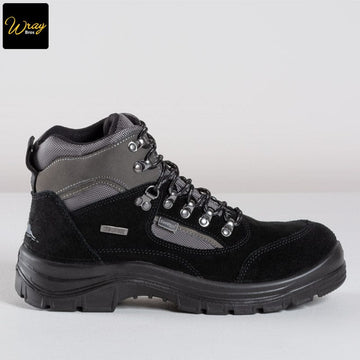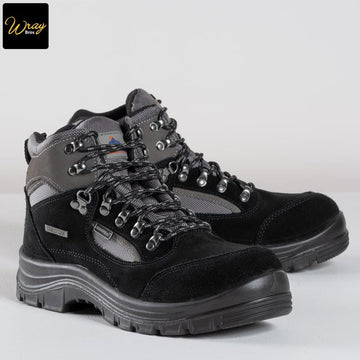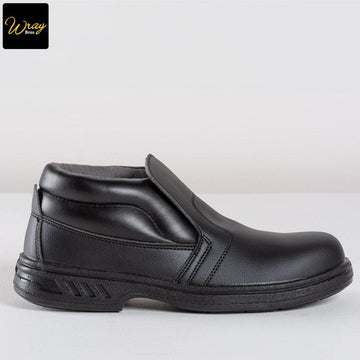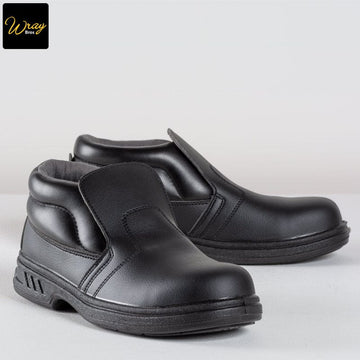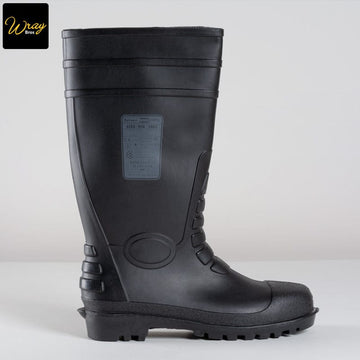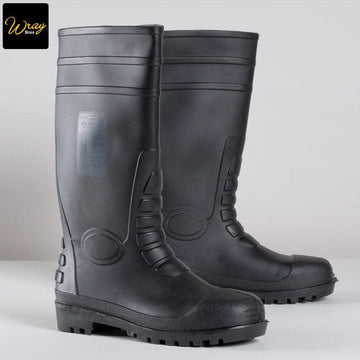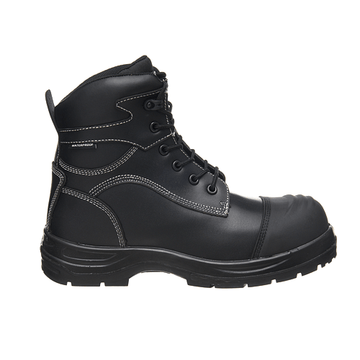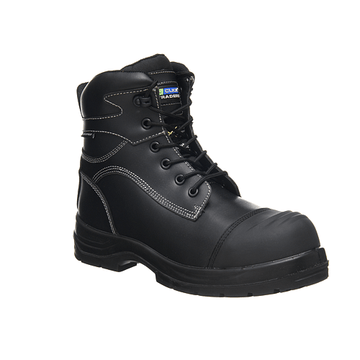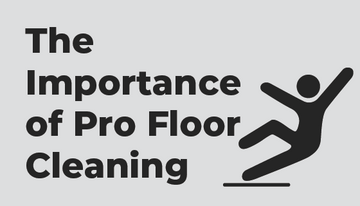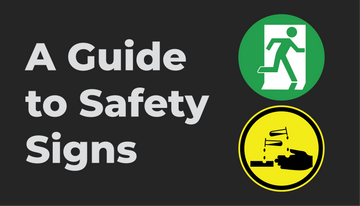Waterproof and Breathability Ratings: Explained
EN 343 is a European Standard for protective clothing, outlining the minimum level of protection against rain and general adverse weather.
An item is judged on two categories; its ability to protect against precipitation, fog and humidity, while the second measures breathability in those particular conditions.
In very recent development, these categories have been developed further and technology has introduced an additional rating level of 4. These pieces are now rated from 1-4 in these two categories, with 4 representing the highest level of protection and 1, the lowest.
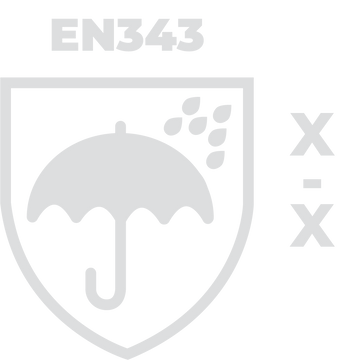
Water Penetration Resistance (Waterproof)

Minimum level of rain protection

Intermediate rain protection

Very good rain protection

Highest level of rain protection
Breathability

Not classified as breathable under EN343

Intermediate level of breathability

Very good level of breathability

Highest level of breathability
This rating is included on the CE label inside the garment, where the EN343 mark will be followed by two numbers. For example, an EN343 Class 4:4 label signifies the highest level of waterproofness and breathability.
The waterproofing is measured using a hydrostatic pressure test. This involves applying a quantity of pressurised water to the garment. The water penetration rating indicates the pressure it can withstand. You might often see the following abbreviations:
WP= Water Penetration Resistance
PA= Pascal Pressure Units
Breathability Numbers
In regards to breathability, the results of the tests are then expressed as g/m²/24hrs, or as a RET (Resistance of Evaporation of a Textile) or MVT (Moisture Vapour Transmission).
For example:
WP 11,000mm MVP 50,000g/m²/24hrs means 50,000g of moisture vapour per square metre per 24 hours.
Top Tip: If you're looking to convert PASCALS to mm: divide the Pascals e.g. 20,000 PA by 9.80665 = WP 2,039.43mm
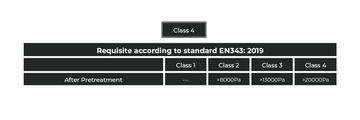
What do the numbers mean?
Waterproofness Ratings:
5,000mm: This is the minimum rating for a jacket to be called rainproof, however, it won't stand up to much more than a light shower.
10,000mm - 15,000mm: A jacket in this range will withstand most downpours including heavy snow, but will soak through over time if subjected to continuous downfalls or pressure, such as kneeling or sitting down.
20,000mm and Up: This is the rating you should look for if you plan to be out in all conditions carrying a heavy load.
Breathability Ratings:
5,000 - 10,000g/m²: This level of breathability is fine for camping in the rain, light movement, but will get a bit clammy during high-intensity climbing or continuous lifting.
10,000 - 15,000g/m²: Pieces such as jackets within this level are suited to more vigorous activities, including those occasional outdoor roles, but heavy hikes uphill might prove too much.
15,000 - 20,000g/m² & above: A greater trek or working in warm climates, or otherwise working hard and perspiring heavily will require a jacket this breathable.
Remember, when selecting waterproof workwear, it is recommended to look at the tasks your team will undertake and the conditions under which they work. This will help you to make the most appropriate choice of clothing for your team.



